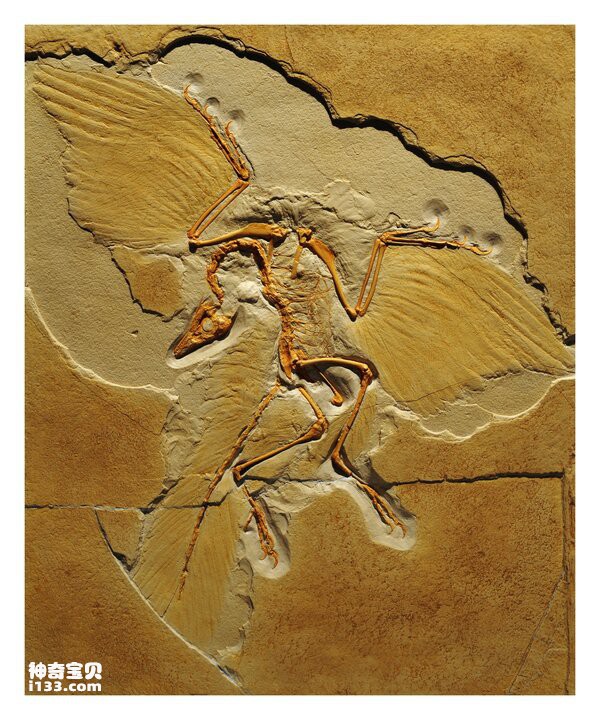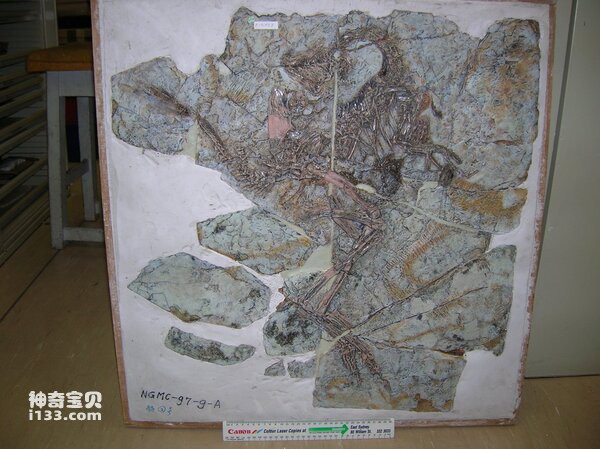Parrots, eagles, penguins, chickens... they are all dinosaurs. Birds are actually special coelurosaur theropods. Obviously, not all dinosaurs became extinct – there are over 10,000 species living with us today.
Archaeopteryx, one of the earliest known birds, is 150 million years old, but birds evolved before that. Soon after Archaeopteryx, a series of birds with more advanced characteristics appeared. One group gave rise to modern birds during the late Cretaceous period. So, for a time, bird-like dinosaurs, primitive birds, and early modern birds coexisted.
Only a few advanced birds ("neophora") survived the end-Mesozoic extinction event. These were the ancestors of today's birds. Non-avian dinosaurs and primitive birds, such as Archaeopteryx, did not survive.
Why do so many birds die but some survive? Advanced birds are smaller and grow faster than primitive birds. They also have higher metabolic rates and more efficient flight systems. Some or all of these traits may be key to their survival.

The idea that birds evolved from dinosaurs is not new. It was first proposed in the 1860s, when the famous fossils of the primitive bird Archaeopteryx and the small theropod Compsognathus were discovered. The theory fell out of favor but was revived by a series of new discoveries, including the discovery of a spectacular feathered dinosaur in the 1990s. Just like we evolved from mammalian ancestors and are mammals, birds evolved from dinosaur ancestors and are dinosaurs.
Today's birds are unique because they are the only animals with feathers, wishbones, and special joints in their wings. But in the past, they weren't that distinctive. Many of these features are present in non-avian dinosaurs. Early birds also had teeth, long bony tails, and clawed hands, just like their closest dinosaur relatives.
To distinguish birds from other dinosaurs, we use an ancestry-based definition—birds are all descended from a common ancestor of Archaeopteryx and modern birds. Birds may be called "avian dinosaurs," but it is still correct to use the word "bird" when talking about the feathered animals we see today. Non-avian dinosaurs are often referred to as "non-avian (i.e. non-avian) dinosaurs". Two key examples are:
Archaeopteryx Lithograph: Discovered in the 1860s, Archaeopteryx was the first fossil evidence linking birds to dinosaurs. It has feathers from modern birds and bones with features of small, non-avian dinosaurs. Although it is the earliest and most primitive bird known to date, it is not considered the common ancestor of all birds. Classification: Theropods; Avis.
Compsognathus: Compsognathus was a small, non-avian dinosaur with many similarities to Archaeopteryx. Discovered in the 1850s, it is a key fossil in discussions about birds and dinosaurs. Some Archeopteryx remains have even been mistaken for Compsognathus. Classification: Theropods; Compsognathidae.

We created this article in conjunction with AI technology, then made sure it was fact-checked and edited by a Animals Top editor.